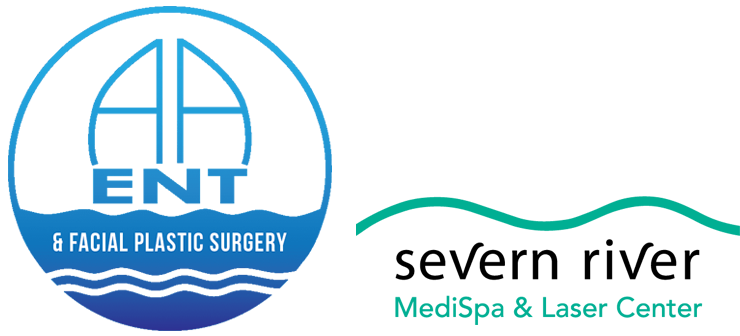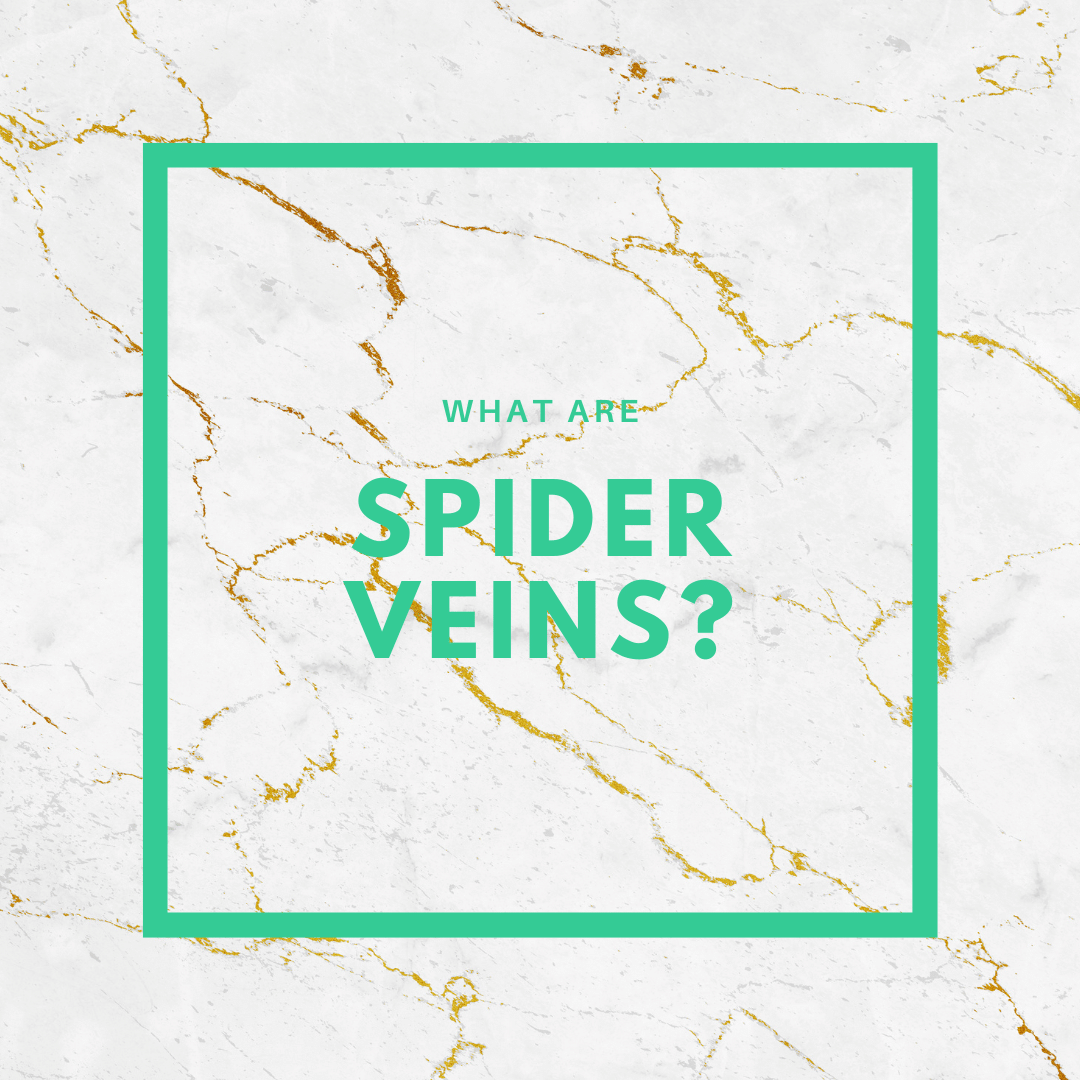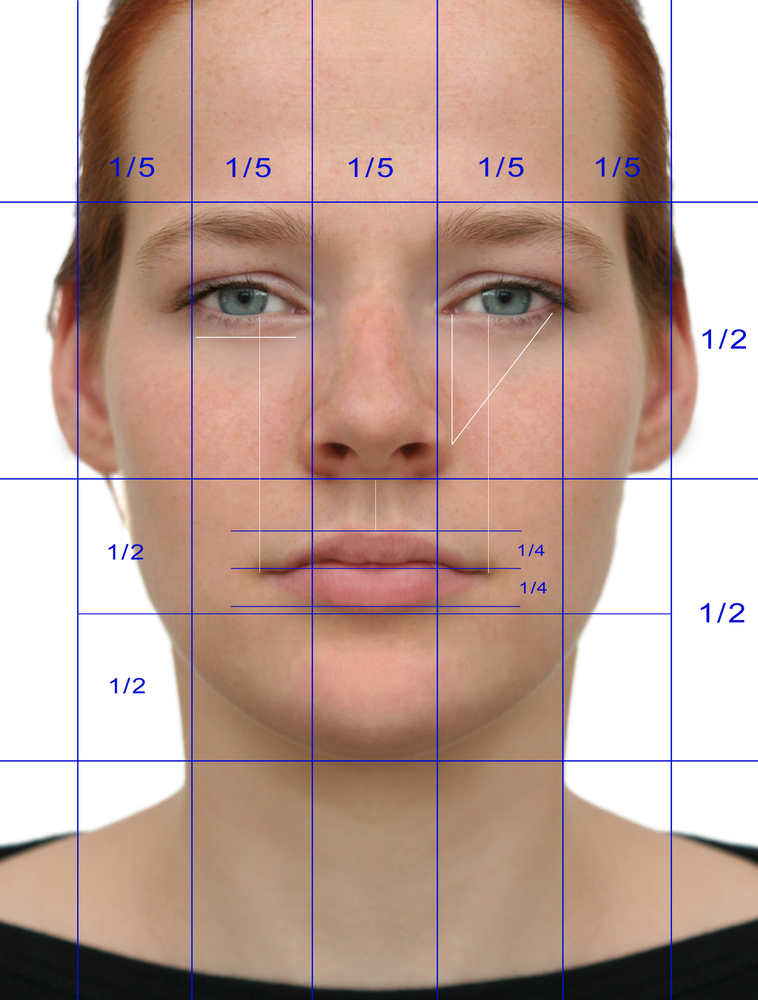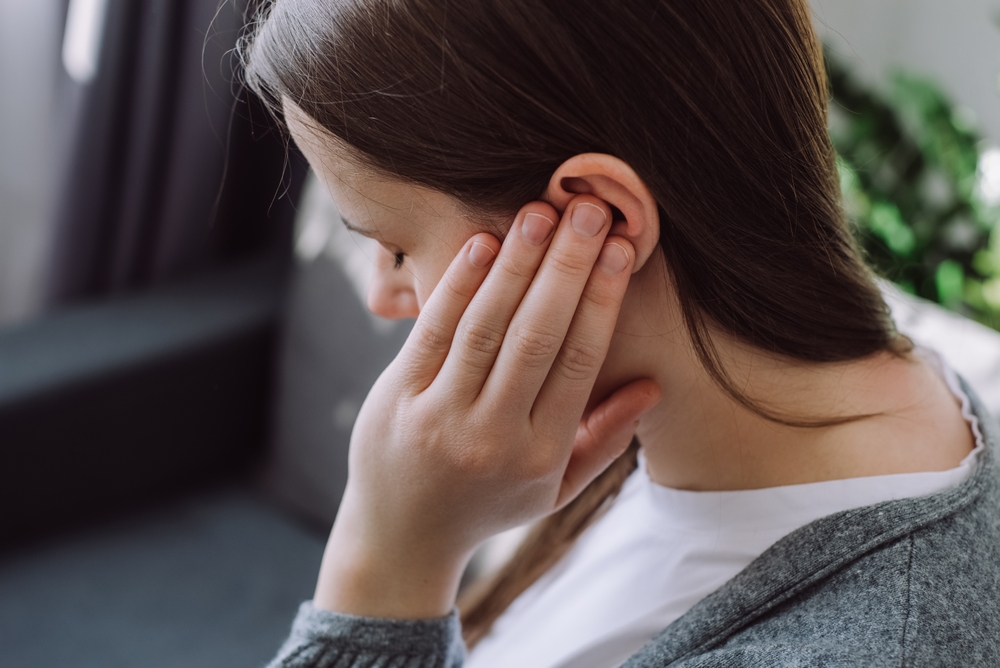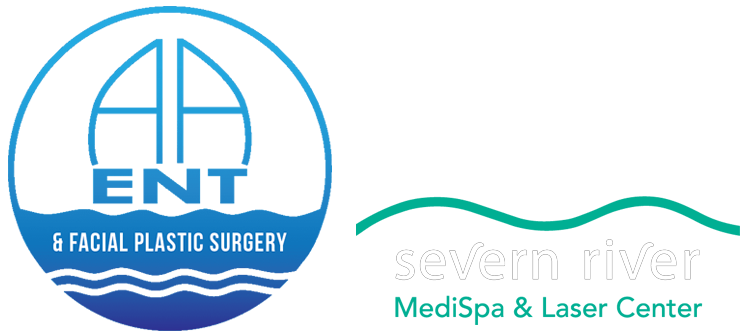Most people have never heard of spider veins before, but they are actually quite common. Spider veins are small, thin veins that can be seen just below the surface of the skin, anywhere on the body. They usually look like a series of blue or red lines, and they may also look like a web or a spider’s web, which is how they got their name. In this blog post, we will discuss what spider veins are, why they occur, and how they affect the body. We will also answer any questions you may have about spider veins!
What are spider veins?
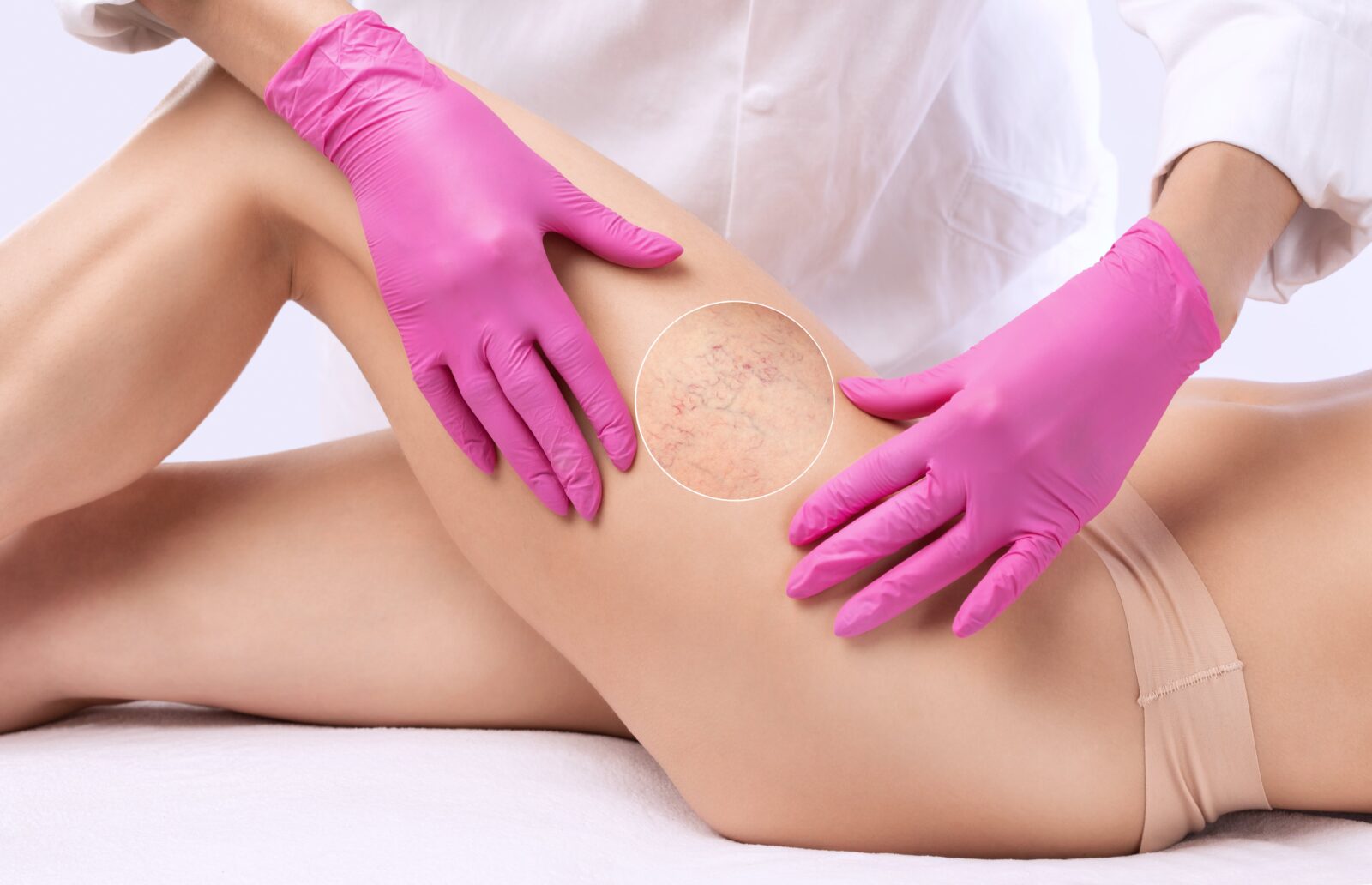
Spider veins, also known as telangiectasia, are small, thin veins that can be seen just below the surface of the skin. They usually look like a series of blue or red lines, and they may also look like a web or a spider’s web. Spider veins can occur anywhere on the body, but they are most common on the legs and feet.
There are a number of factors that can contribute to the development of spider veins, including:
- Age: As we get older, our skin becomes thinner and more fragile, and this makes it easier for spider veins to form.
- Heredity: If your parents have spider veins, you are more likely to develop them too.
- Pregnancy: Pregnancy can cause an increase in the amount of blood flowing through your veins, which can make spider veins more likely to form.
- Obesity: Being overweight puts extra pressure on your veins, which can also lead to spider veins.
- Standing or sitting for long periods of time: This can cause the blood to pool in your veins, and this can eventually lead to spider veins.
Why They Occur
So now that we know what spider veins are, let’s talk about why they occur. Spider veins occur when the valves in your veins stop working properly. These valves are responsible for keeping the blood flowing in one direction, but when they become damaged or weakened, they can allow the blood to flow backwards. This causes the blood to pool in your veins, and this can eventually lead to spider veins.
Spider veins are not usually harmful, but they can be a cosmetic concern for some people. However, in some cases, spider veins may cause:
- Achy or heavy legs
- Swollen ankles
- Restless legs
- Itching or burning sensation
If you are experiencing any of these symptoms, it is important to see a doctor so they can rule out any underlying conditions.
How to Get Rid of Spider Veins
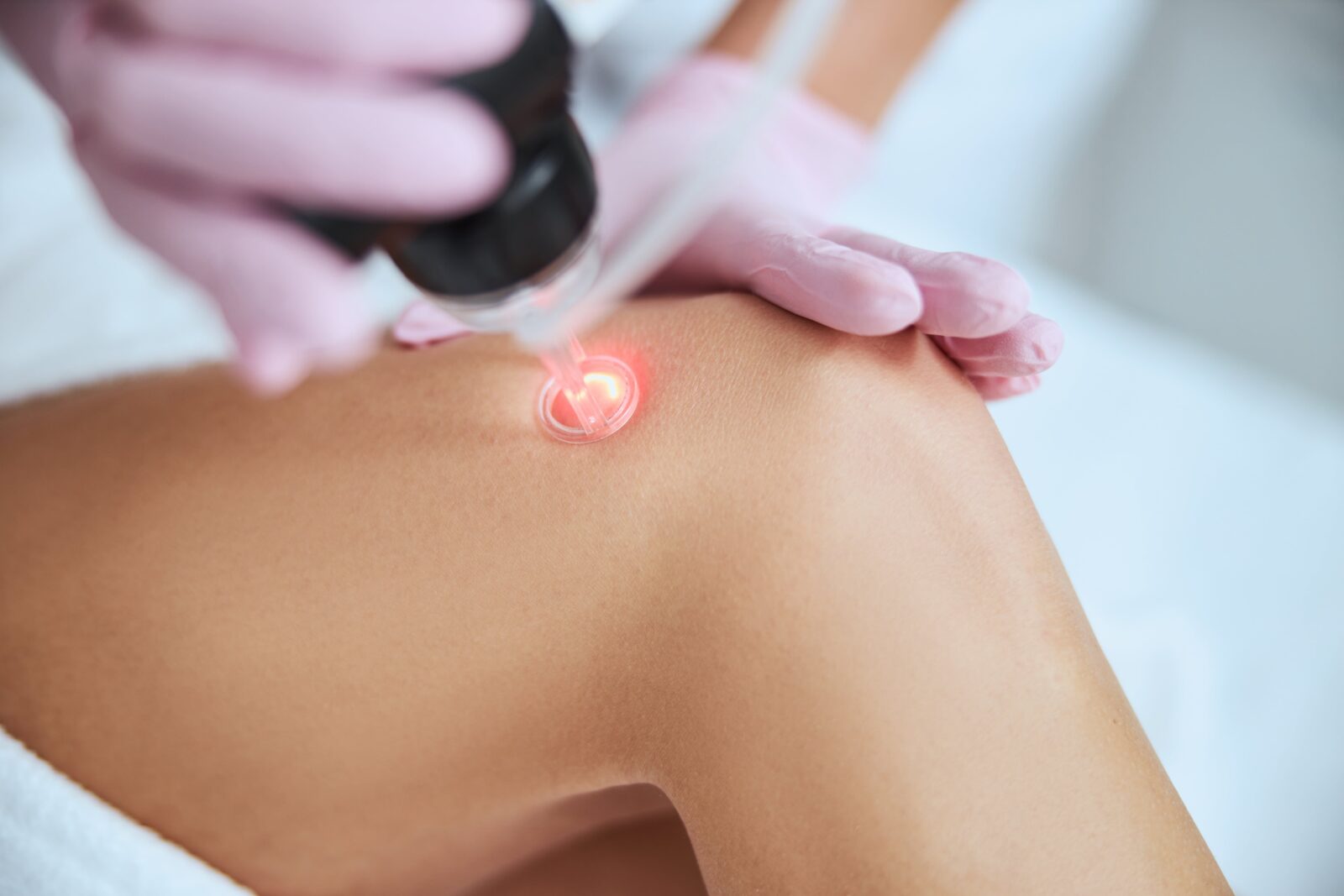
Now that we know what spider veins are and why they occur, let’s talk about how to get rid of them. There are several treatments available for spider veins, including sclerotherapy and laser therapy. Sclerotherapy involves injecting a solution into the veins, which causes them to collapse and disappear.
Laser therapy involves using a laser to destroy the veins. This offers a minimally-invasive approach to safely reducing the appearance of spider veins. Laser spider vein treatment works by targeting the blood vessels with short, concentrated bursts of light energy. This causes the blood vessels to heat up and coagulate so that they can be absorbed by the body.
If you are considering treatment for your spider veins, it is important to consult with a doctor to see which option is right for you.
In Conclusion
In this blog post, we have discussed what spider veins are, why they occur, and how to get rid of them. We hope that this has helped you to better understand spider veins and how to deal with them if you have them. If you have any further questions about spider veins or laser spider vein treatment, please feel free to contact us.
